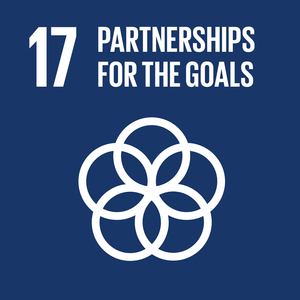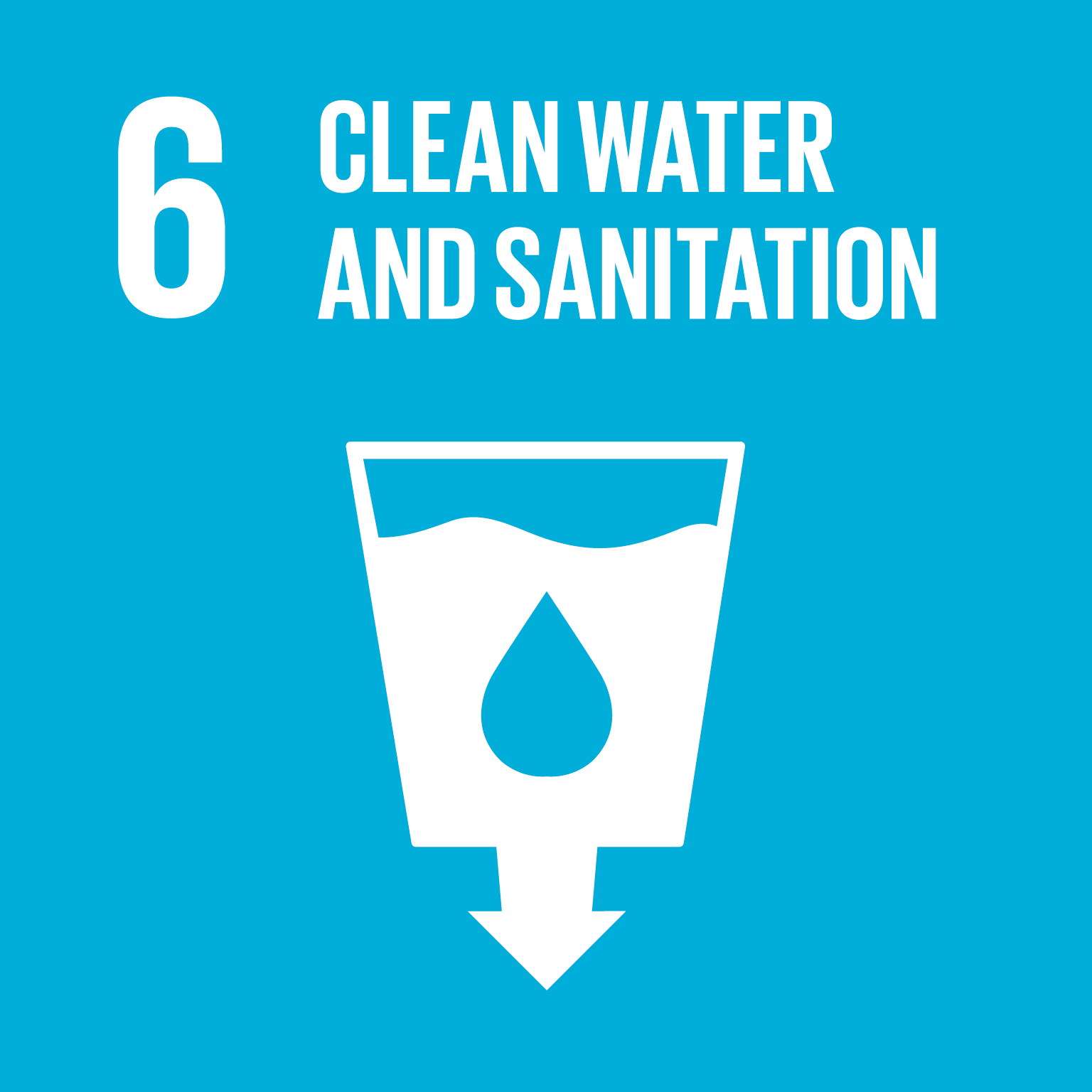Sustainability at Viatu: How We Choose Our Destinations
Written by Jess Tyrrell
Reading time: 4 minutes
Deciding on a destination is a traveller's first port of call when planning a trip. This decision has significant consequences as the assumed benefits — or harm — of a traveller’s adventures will be felt there. It is conventional for aspiring travellers to trust the guidance and rigamarole of tourism agencies and operators, social media, and other outlets when choosing an exotic destination. This is where many a traveller are misled.
In this blog post, we’ll explore how Viatu chooses the sustainable destinations we’re promoting. Up, up, and away!
Traditional travel/tour operators select destinations based on their tourism potential. The classic considerations include natural and cultural attractions, the average price of tourism-related services (like exchange rates), health and safety, and security. As a responsible tourism development entity, we pride ourselves in offering unforgettable trips to destinations where tourism operates beneficially. As such, in addition to the classic considerations, we make sure to choose destinations with sound environmental, social and human rights management systems and avoid destinations where tourism is causing unacceptable social, cultural and ecological harm.
Viatu uses indicators and criteria aligned with our policies and the critical sustainability issues relevant to tourism to standardise our destination assessment approach. We use the Global Sustainable Tourism Council's Destination (GSTC-D) criteria to develop sustainable destination products. There are more than 170 indicators arranged under 4 themes that were created to provide a common understanding of sustainable tourism. The scope of the GSTC-D is broad and can be applied to a wide range of destinations: they may be in any part of the world and of any type (urban, rural, mountain, coastal or mixed) and size (cities, national parks, local communities, countries or regions). Application of the criteria will help a destination to contribute towards the 2030 Agenda for Sustainable Development and the 17 Sustainable Development Goals.
The criteria address 4 key themes:
sustainable management
socio-economic impacts
cultural impacts
environmental impacts
Sustainable management
Management structure and framework
Sustainable destinations have a dedicated department or organisation responsible for a coordinated approach to sustainable tourism.
This group should oversee, manage, and report on all socio-economic, cultural and environmental issues that might arise due to tourism.
Stakeholder engagement
Sustainable tourism destinations teach and support all tourism-related companies about sustainability issues and support them in ‘greening’ their operations.
Sustainable destinations regularly engage with local residents on tourism development plans, opportunities and challenges. Visitors also need to be informed about sustainability issues in the destination. Crucially, destinations need to monitor and report on visitor satisfaction.
Managing pressure and change
Sustainable destinations are conscious of the ill effects of overtourism. They thus have a system in place for measuring visitor volume and activities. They will increase or reduce tourists if necessary.
Sustainable destinations develop responsibly and identify risks and opportunities associated with climate change. Additionally, they should have emergency response plans for natural disasters, terrorism, health and resource depletion.
2. Socio-economic sustainability
Delivering local economic benefits
Sustainable tourism destinations monitor and report on the direct and indirect economic contributions of tourism. Measures include: visitor volume, visitor expenditure, employment, investment and evidence of equitable income distribution. Tourism spending money should also remain in the local economy and not leak.
Sustainable destinations support career opportunities and training in tourism and are committed to providing a safe and secure working environment and a living wage for all.
Social wellbeing and impacts
Sustainable destinations prioritise supporting local communities and encourage enterprises, visitors, and the public to contribute to community and sustainability initiatives responsibly.
They ought to uphold international standards on human and indigenous property rights, and should have measures in place to respond to crime, safety, and health hazards. Where practical, sustainable destinations ensure that sites, facilities and services are accessible to all.
3. Cultural sustainability
Protecting natural heritage
Sustainable tourism destinations value their cultural heritage and prioritise protecting cultural assets. They also celebrate, support and protect local traditions, arts, music, language, practices and local identity, while protecting intellectual property rights
Visiting cultural sites
Sustainable destination have a system for managing visitors within and around cultural sites, including guidelines for visitor behaviour. There should also be accurate information on the significance of the cultural and natural aspects of the sites.
4. Environmental sustainability
Conservation of natural heritage
Sustainable destinations strive to protect sensitive environments. There should be a system to monitor, measure and respond to the impacts of tourism on the natural environment, restricting access where required. Guidelines for visitor behaviour should also be made available.
Responsible destinations should have a system that ensures compliance with local, national, and international laws and standards for wildlife interaction and those that ensure the conservation of ecosystems, landscapes, and species.
Resource management
Responsible tourism destinations should have targets to reduce energy consumption, improve efficiency in its use and increase the use of renewable energy. They should encourage other enterprises to do the same.
Similarly, destinations should monitor water quality, assess water risk, practice water stewardship and encourage enterprises to measure, monitor, and report their water usage.
Management of waste and emissions
Sustainable tourism destinations have clear wastewater treatment strategies. Solid waste generation should also be measured and goals set for reduction. The destination encourages enterprises to avoid, reduce, reuse, and recycle solid waste, including food waste. Destinations should take actions to eliminate or reduce single-use items.
Sustainable destinations have targets to reduce greenhouse gas emissions and implement climate change mitigation policies, including targets to reduce transport emissions. Enterprises are encouraged to measure, monitor, reduce or minimise, publicly report and mitigate greenhouse gas emissions.
Viatu uses publicly available resources to ‘score’ potential destinations on all 170 indicators. We use this score in concert with other sustainable tourism metrics such as tourism density, % of same-day visitors, seasonality, corruption index, and more to choose exciting destinations to share with conscious travellers.
Want to learn more about sustainable travel? Check out our fully customisable, jaw-dropping trips to sustainable destinations, unforgettable experiences and incredible stays on our site.














